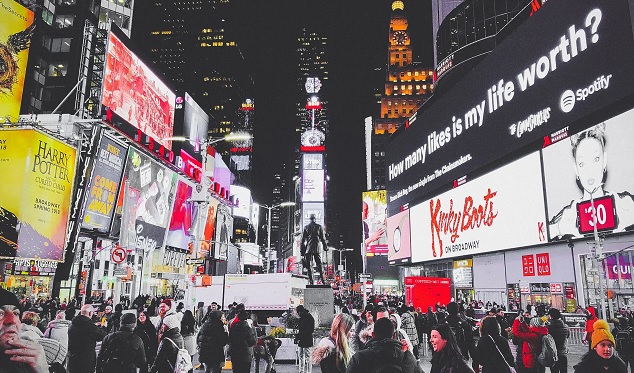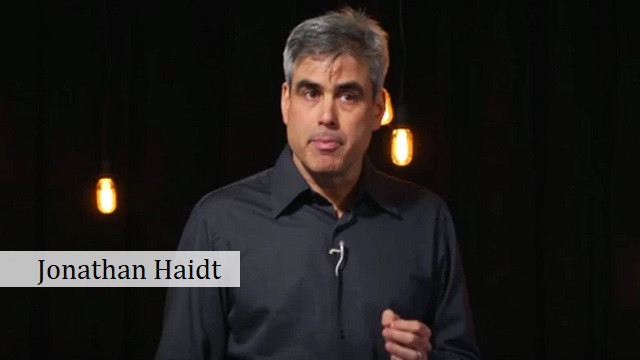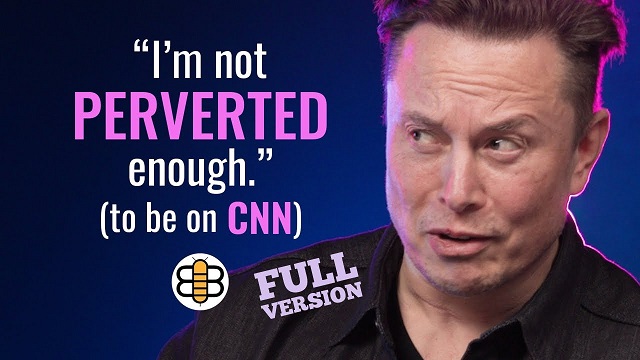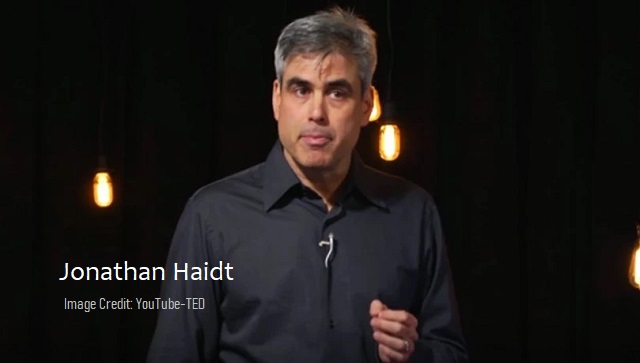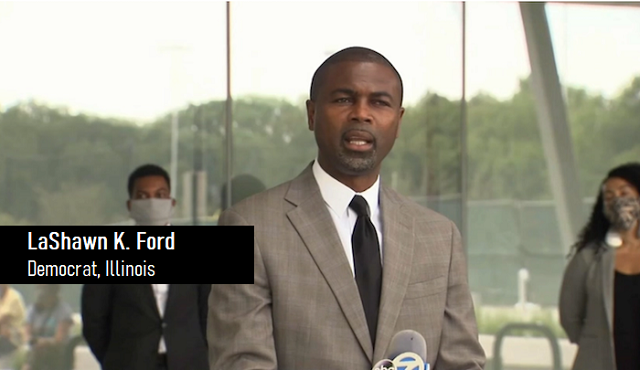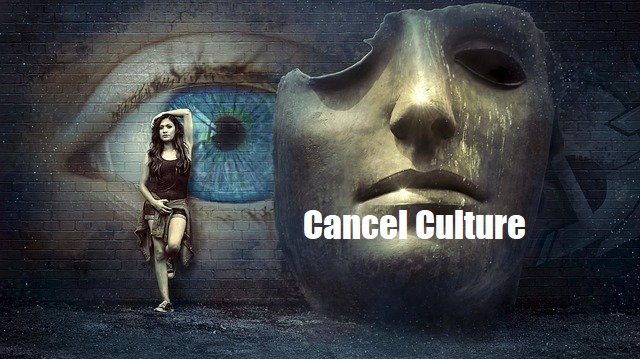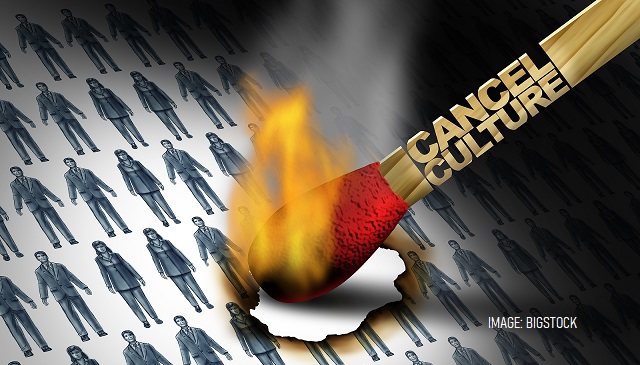
A new public orthodoxy is being imposed upon the United States.
What are we to make of “cancel culture” and what Mary Eberstadt has dubbed the “new intolerance”? One of the most astute analyses was offered by Megan McCardle several years ago in The Washington Post. Societies, McCardle wrote, do have “orthodoxies,” beliefs that they place “beyond debate” — “sacred dogmas”— enforced through a variety of social, economic, and even legal sanctions.
Normally, public orthodoxies are largely “self-enforcing” and navigating them is “effortless,” but orthodoxies can and do change over time. In the 1950s, for example, a “youthful … flirtation with communism could be career-ending.” The “messiness” and confusion surrounding cancel culture is explained by the fact that we are at a “liminal moment between the eradication of an existing orthodoxy and the establishment of a new one.”
While this strikes me as largely on target, I think that it misses something important about the present situation. Specifically, it exaggerates the normality of what we are experiencing.
A violent rupture with America’s past
Yes, societies have orthodoxies, and yes, these orthodoxies change over time, but normally significant changes in a society’s orthodoxy occur incrementally. One thinks here of the gradual transition in our self-understanding from thinking of America as a Protestant society for most of our history to thinking of it as a Judeo-Christian society in the 1940s and 1950s. One also thinks of evolution of thinking on the subject of race between the Reconstruction era and the Civil Right Act of 1964.
The transition from “Protestant America” to “Judeo-Christian America,” moreover, merely marked a transition from one version of Biblical theism to a broader version of Biblical theism that encompassed Catholicism and Judaism as well. Likewise, the transition in our thinking of race between 1865 and 1964 consisted in a more faithful application in practice of principles we had traditionally professed (if not practiced). In Martin Luther King’s language, it represented a long-overdue payment on a promissory note. Neither represented a wholesale rupture with the past.
What we are experiencing today is something different.
To begin with, it represents not a development in our previous self-understanding, but a rupture with it. Most obviously, this finds expression in things like the 1619 Project with its transvaluation of values — with its wholesale rejection of America, its history, its founders, and its attempt to reframe our national story as one of tyranny and oppression. The founders and even Lincoln are seen not as heroes to be celebrated but villains whose works and very persons are to be condemned as fundamentally evil.
A rejection of all of Western tradition
The new orthodoxy, however, doesn’t stop there. It continues on to a wholesale rejection of the Western civilizational heritage — the heritage bequeathed to us, as Russell Kirk remarks, by five cities: Athens, Jerusalem, Rome, London, and Philadelphia. As Ellis Sandoz has shown, the American experiment in self-government and ordered liberty drew upon “the whole amplitude of Western civilization and is not intelligible apart from a generous recognition of this fact.” It thus included classical, Biblical, and modern elements.
Yet, if America was shaped in part by the Enlightenment, it was by the conservative form which the Enlightenment had taken in the English-speaking world, a form that was neither anti-religious nor morally nihilistic. Indeed, the conservative character of the American Enlightenment received signal expression in the latter’s commitment to “the Laws of Nature and of Nature’s God,” a commitment to the idea that reason can discern a body of substantive moral truths embedded in the structure of reality, combined with an insistence that these truths were broadly consistent with the principles of Christian morality.
Today we are witnessing today is a wholesale assault on the Western civilizational tradition, in particular, a rejection and condemnation of the classical and Christian heritages —and even the more sober and moderate expressions of the Enlightenment — in favour of various currents of radical modernity (the radical Enlightenment, Rousseau, Marx, Nietzsche, Freud, Marcuse, Foucault, deconstructionism, postmodernism, etc., etc.).
A new religion of Autonomous Man
Over and against the religious heritage of the West, today’s emergent orthodoxy champions a thoroughgoing naturalism and a Promethean ethic of human autonomy, a new religion of the Autonomous Man. Indeed, as Sandoz notes, “the chief object of [its] rejection, repudiation and annihilation is the God and morality of Christianity.”
Likewise, over and against the metaphysical and moral realism of the Western tradition, today’s emergent orthodoxy rejects the idea of a knowable human nature with natural needs and tendencies and an objective moral order accessible to the human mind insisting instead that, in Francis Canavan’s words, “truth is only what the individual thinks is true, [and] good is only what the individual personally prefers.”
Viewing human beings as sovereign wills existing in a godless and meaningless universe, unbound by ends they have not chosen, and free to make of themselves and the world whatever they choose, it embraces what can only be described as moral and cultural nihilism. The project of human emancipation demands the rejection of all that restricts human self-creation: unchosen social ties and obligations, the very idea of an objective moral order, the assertion of an objective truth to which the mind must assent, and even reality itself.
The enemies of the new orthodoxy
From the perspective of the new orthodoxy, the America, the West, and all their works are evil and the project of human emancipation demands their replacement by something radically different. Furthermore, the new orthodoxy seeks to destroy not only the intellectual, spiritual and moral legacy of the West, but the structures (both social and political) in which this legacy has found institutional expression.
At the social level, this finds its most vivid expression in the assault on the family as it has been traditionally understood (that finds expression in things like no-fault divorce, same-sex marriage, and polyamory).
At the political level, it finds expression in the attempt to create a unitary national state, the transformation of our once independent institutions of civil society into handmaidens of the state, the transfer of political authority from elected legislatures to unelected judges and bureaucrats insulated from political control, and the replacement of a decentralized system of self-government by rule by executive order, judicial decree, and administrative fiat. As a result, we find ourselves operating with two conflicting constitutional orders: the original order established by the founders and the new and different order that the Left has sought with considerable success to superimpose upon it.
If today’s new orthodoxy is revolutionary in both its intellectual and institutional substance, it is equally revolutionary in the very manner in which it seeks to be established. As the bitterly contested and seemingly interminable culture war that rages around us suggests, the new orthodoxy is, to put it very gently, controversial.
Rather than being designed to immediately translate the will of the numerical majority into law, the American political system — through its division of government power between three different branches selected in different ways and serving different terms in office, and thus representing different constituencies — was designed to foster consensual decision-making. This fact helps explain, as Willmoore Kendall and George W. Carey pointed out more than a half-century ago, why, with the exception of the Civil War, America has little experience of “drastic governmentally imposed social or economic” changes requiring “large-scale coercion,” or of “a legacy of irredentism.” This helps explain the exceptional stability of American democracy.
Making democracy unworkable
What we are witnessing today is an attempt by cultural elites—in the absence of a broad-based public consensus, indeed in the absence even of clear-cut majority support—to impose this new orthodoxy from the top-down, through a combination of raw political power (i.e., control of the executive branch, the administrative apparatus and much of the judiciary); cultural power (i.e., domination of the academy, educational system, entertainment industry, Big Tech and Big Business); and mob rule (e.g., “the 1619 riots,” shouting down speakers on campus, etc.)
The proponents of the new orthodoxy have no interest in (and no patience for) the slow and painstaking work of building a consensus around their new public orthodoxy, of changing the hearts and minds of Americans. They are not interested in having a debate with their opponents, rather they seek to banish them from the public square.
This is not only undemocratic and foreign to the American political tradition, it is profoundly destabilizing, “What makes a democracy workable,” as Kendall and Carey remark, is its ability to combine “the majority-principle” with the “unanimity-principle”—in other words, its ability to have “decisions made by the majority, but in such fashion that these decisions elicit” the “acquiescence” of the outvoted minority.
While simple majority votes may suffice on routine matters like tax rates, much more than a simple majority vote is needed in the type of matters addressed by a society’s public orthodoxy, namely, the society’s fundamental commitments. Absent a consensus, the effort to impose such an orthodoxy in this fashion can only strain the bonds of civic amity to the breaking point, threaten to divide the community “into warring camps committed … to irreconcilable positions,” create the possibility of widespread civil disobedience, raise the spectre of violence, pose the prospect of large-scale coercion, and endanger the very legitimacy of the state.
Is this not exactly what we are seeing all around us today?
The new Jacobins
While the analogy shouldn’t be pushed too far, as Michael Lind points out, the American Left increasingly resembles the Jacobins of revolutionary France. He’s not suggesting that they want to guillotine their opponents; rather, he is calling attention to their wholesale repudiation of the Western heritage, their alienation from America’s political traditions, their ideological iconoclasm, their desire to use state power to eradicate political and cultural traditions and to “substitute new, ideologically useful replacements,” their commitment to a radical remaking of the whole social order, their fanaticism and refusal to compromise, and their thoroughgoing oikophobia.
If the French Revolution marked the eruption into European political life of the ideological forces of radical modernity, what the “Great Awokening” signifies is the sudden eruption of these forces —which here had previously been confined to the academy — on to the American public scene.
To return to where we started: Yes, societies have public orthodoxies; yes, they change over time; and yes, at the moment we stand at a “liminal moment” between the collapse of an of an existing orthodoxy and the establishment of a new one.
There is however nothing normal or typical in what we are experiencing. Today’s battle over the American public orthodoxy is indicative of a fundamental cleavage in our body politic the likes of which we haven’t seen since at least the Civil War. Even during that war, Lincoln could affirm that both sides read the same Bible and prayed to the same God. Would anyone claim that to be true today?
What we confront today is nothing less than an updated and Americanized Jacobinism which seeks nothing less than the wholesale remaking of our political and social order and which is unwilling to take “no” for an answer. The emergence of this new Jacobinism marks a new epoch sea change in our political life and its triumph would mark a fundamental rupture in American history comparable to that created by the Jacobinism of old in French history.
Our disagreements today transcend normal political differences, and are of sufficient magnitude to produce dysfunction, strife and even violence, of sufficient magnitude to make it difficult, if not impossible, for the contending parties to live together in peace in the same body politic. We’re living at a revolutionary moment and the old rules of the game no longer apply. And, make no mistake about it: our adversaries are playing for keeps.




